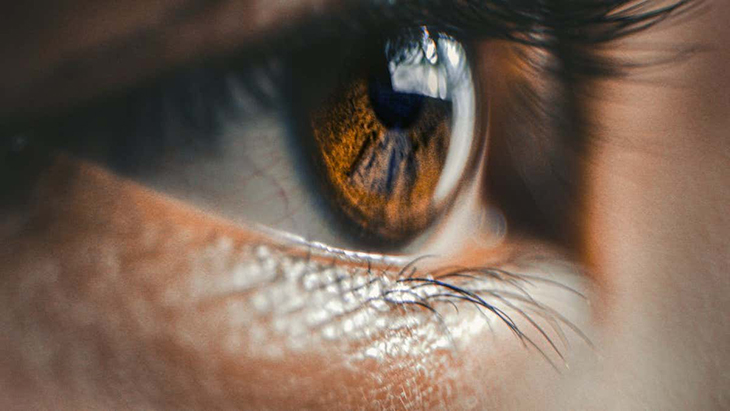
When it comes to aging, a lot of things go downhill. For instance, many people have complained about their eyesight as they got older. While using glasses helps, many of them have been searching for ways to get their old sight back.
The answer may have been there all along – and it’s called Red Light Therapy.
Many have done the simple act of staring at a deep-red or near infrared light source. They did this for about three minutes. While they didn’t make much of it, researchers found that this was actually enough to improve color vision in people who suffered from declining eyesight issues.
This potentially effective treatment allows the mitochondria in the retina to produce more ATP. For those unfamiliar with it, this is the principal energy currency of all cells and offers folks a chance to maintain their good color vision even as they age.
There was a short trial conducted for around 24 people. They made sure that each one stared into the red light, and the results were surprising. They found that this was sufficient when it came to improving their color vision for multiple days or up to even a week. What was noticeable was this was at its most effective when they performed the routine in the mornings. Why? Because the wavelength of light that was found to be effective is only present in the sky during that time of day. This was also when the retinal-mitochondria of the body produced the most amount of ATP.
Making cells more energy-efficient was also effective, especially when it came to many different issues. This was what Glen Jeffery at University College London said, He led the research that was focused on the retina. The said patch of light-sensitive tissues found at the back of the eye. The retina also had more mitochondrial density when compared to any other cell. Inside, the retina converts light into pictures with two integral parts, the rods and cones.
The rods are very sensitive cells that are in charge of perceiving black and white. The cones, on the other hand, are for richly-lit environments and are in charge of color perception. Tests were immediately conducted after the short light exposure. The volunteers of the trial were asked to identify colored letters that shared the same color as the background. Results were then noted.
Their results have doctors and businesses very optimistic at the fact that at-home treatment is possible to reduce color sensitivity especially when they get older. “We demonstrate that we can significantly improve cone mediated color contrast thresholds for a week using a single 3 minute light exposure by an average of 17% and in some older subjects by > 20%,” the authors wrote in a corresponding paper they made. The details of which have been published in Nature journal.
“This simple and highly economic intervention applied at the population level will significantly impact on the quality of life in the elderly and likely result in reduced social costs that arise from problems associated with reduced vision.”
New Scientist also reports that other researchers believe the treatment could be applicable to a wider spectrum of other ailments because boosting the productivity of mitochondria is a vital and often-used treatment for different kinds of age-related eyesight problems.
Mitochondria “turn on all the systems in the cell that make the cell work better,” explained Janice Eells. She is currently advising a firm called LumiThera as the company attempts to bring light therapy products known as “photobiomodulators” to a wide market of buyers all over.
Light therapy of a variety of colors has have also been known to provide benefits in many different ways. Dr. Mohab Ibrahim at Tucson University Medical Center is, in fact, using green light exposure in dark rooms to treat those who suffer from migraines. On the other hand, flashing lights that are set to 40 hertz have been shown to remove tau protein “plaque” that causes the dreaded Alzheimer’s Disease. This was made possible by mimicking the brain wave oscillations of deep, slow-wave sleep.
And it is with hope that further studies will be made as an answer to a variety of eyesight issues that millions all over the world suffer from.



